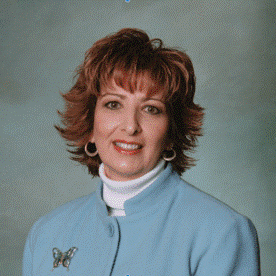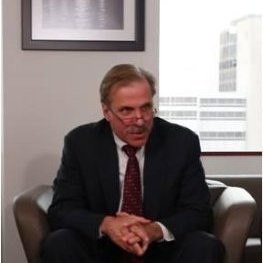Rocking the drug reimbursement boat
The Centers for Medicare & Medicaid Services (CMS) and physicians are locking horns over a new pilot program that changes the amount that physicians are reimbursed for prescribing certain Medicare Part B drugs, including immunoglobulin infusions, certain inhalants and many drugs to treat cancer.
The pilot program, barely a month old, sets the reimbursement at a flat per diem fee of $16.80 plus a 2.5 percent add-on. The new model is a far cry from the current reimbursement method, where physicians receive the average sales price of the drug plus a 6 percent add-on. The new pricing strategy includes drugs that are administered in physician offices, outpatient clinics and oncology centers, among others.
CMS began the pilot to reduce the add-on as a course correction to the 340B Drug program, a 24-year-old drug discounting program that has spiraled well beyond its intended scope due to the skyrocketing costs of certain drugs. “Concern has been expressed that the 6 percent add-on to the ASP [average sales price] may create incentives for use of higher priced drugs when lower priced alternatives are available,” the MedPAC report containing the program proposal states. “Since 6 percent of a higher priced drug generates more revenue for the provider than 6 percent of a lower priced drug, selection of the higher priced drug may generate more profit, depending on the provider’s acquisition costs for the two drugs.”
Most of the Part B drugs result in reimbursements of $50 or less per administered drug—almost half are under $10. But, 12 percent of Part B drugs pay out more than $1,000 per drug per day, some surpassing $5,000 a day. Some of the most expensive drugs include those used to treat cancer, hepatitis C and immunodeficiencies.
| Source: MedPAC report, 2015 |
The reimbursement disconnect is severe enough to urge a change, the MedPAC report says: “Nine of the 10 Part B drugs used by the most beneficiaries had an average ASP + 6 percent payment per administration of $13 or less. By contrast, about 5 percent of drug administrations accounted for 50 percent of Part B drug spending, with Medicare paying $2,000 or more per administration. The top 10 Part B drugs that accounted for the highest total Medicare expenditures provide some examples of high-cost drugs. The ASP + 6 percent payment per drug administration for these 10 drugs ranged from more than $1,200 to over $5,200 per administration. In addition, since many of these drugs are typically administered multiple times to an individual patient over the course of a year, the average total payment per beneficiary over the year is higher than the average payment per administration.”
But many physicians say the new pilot could encourage physicians to shy away from newer, innovative treatments simply because of their expense. "It is remarkably insulting that some people today think that cancer physicians in large numbers are saying, 'What's the most expensive way I can treat this patient?'” Allen Lichter, CEO of the American Society of Clinical Oncology, told ABCnews. "It will severely damage oncology practices across the country, and it will not solve what we have long recognized is a serious problem, that cancer drug prices are skyrocketing."
Others say the change is a needed reform to remove the temptations of profit, and could lead to future programs that incentivize choosing the drugs that produce the best outcomes. “These models would test how to improve Medicare beneficiaries’ care by aligning incentives to reward value and the most successful patient outcomes,” said Dr. Patrick Conway, CMS Deputy Administrator for Innovation and Quality & CMS Chief Medical Officer, in a March press briefing announcing the program launch. “The choice of medications for beneficiaries should be driven by the best available evidence, the unique needs of the patient, and what best promotes high quality care.”

Pamela Tabar was editor-in-chief of I Advance Senior Care from 2013-2018. She has worked as a writer and editor for healthcare business media since 1998, including as News Editor of Healthcare Informatics. She has a master’s degree in journalism from Kent State University and a master’s degree in English from the University of York, England.
Related Articles
Topics: Articles , Executive Leadership , Medicare/Medicaid











